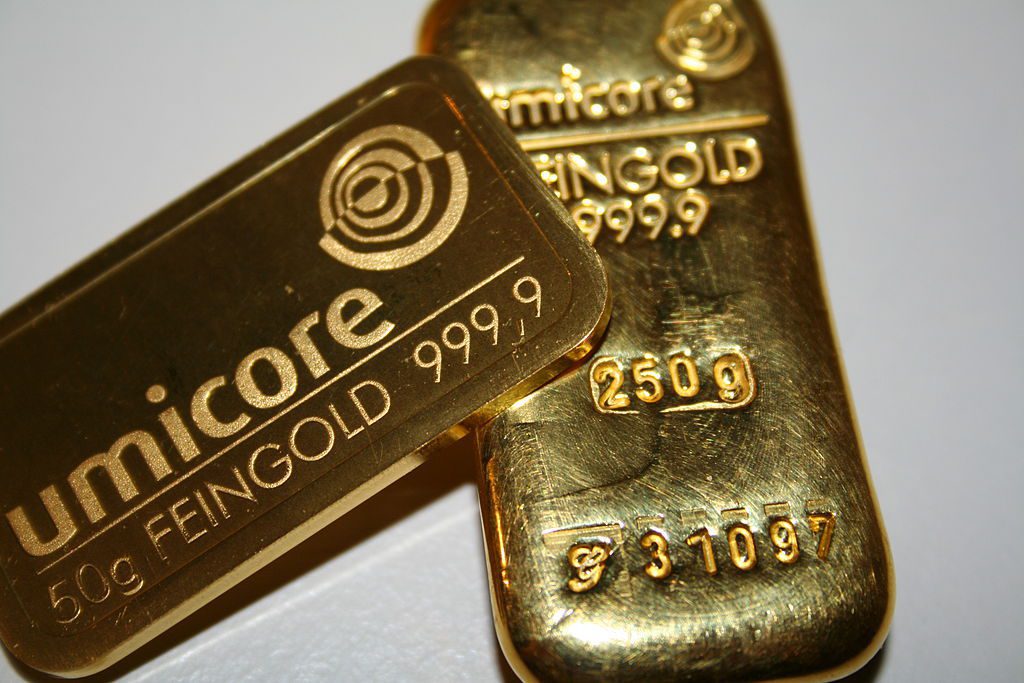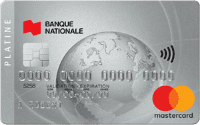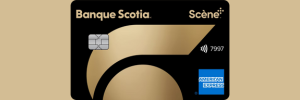
Gold still holds a lot of value in 2022. Canadian retail investors still flock to it as a good way to diversify their portfolio, protect against inflation and to protect their wealth when the prime rate or other interest rates fall. and After all, when interest rates are low, the value of gold usually rises. As for investing in gold, there are four main ways to do so: investing in physical gold, in shares of gold companies, in gold ETFs, or gold futures.
Investing in physical gold
Without a doubt, the most practical way to invest in gold is to buy physical gold. In Canada, the major Canadian banks are the main bullion retailers, although you can purchase gold bars and coins directly from the Royal Canadian Mint's online store.
You can buy 1 oz of gold from TD Bank for $2409.28 CAD, and it is .9999% pure fine gold stamped with a TD symbol. You can also buy 1 oz of gold stamped from the Canadian Mint for $2421.94 CAD. but there is a daily purchase limit. You can buy gold ounces in bulk and get preferential rates if you are a TD Bank customer.
To take possession of your gold, you can have it delivered to your home or pick it up at a bank branch within 3 to 5 days. Some banks will allow you to buy gold over the phone or online. Then there are delivery charges, which generally apply to each ounce of gold transported.
For example, if you order a 1 oz. gold bar from CIBC, you’ll need to create an account online, then pay $2,795. From there, you can have it delivered to a branch or directly to your home. Delivery is scheduled for three business days. Once the delivery person is at your home, you will need to show two pieces of identification.
If you buy physical gold, you will face two challenges:
First, where would you put it for safekeeping? You probably don't want to stash four pounds of gold under your mattress. You can therefore rent a safe from certain banks like RBC, for an annual fee of $50 to $500, depending on the space required.
Secondly, there is the problem of resale. Indeed, it is not as easy to resell a 1 kg bar as it is to sell an ETF replicating the price of gold. To overcome this challenge, you can go to the major banks’ regional resale centres or a branch. For example, you can go to a CIBC branch and fill out a form. You’ll need to present the original receipt and verify that the product is in perfect condition.
Investing in physical gold… without taking delivery
If you have no desire to store gold at home, there are two alternatives available to you. First are precious metal certificates, which you can buy from your bank. You will receive a title deed by email upon purchase. As for resale, your certificate may be resold at market value.
Secondly, you can get Exchange Trading Receipts (ETRs), which are title deeds that entitle you to a certain amount of gold held by the Royal Canadian Mint, a crown corporation. ETRs are therefore a way to buy gold guaranteed by a government institution.
While a gold Exchange Traded Fund offers you a portion of a trust that invests in gold, ETRs guarantee you a real portion of gold. Moreover, you can take delivery of the gold to which your ETRs give entitlement, or you can resell the title if you prefer cash. Exchange Trading Receipts (ETRs) trade on the Toronto Stock Exchange as Royal Canadian Mint CDN Gold Reserves, whose ticker symbol is MNT. You can buy ETRs through an online brokerage account or an investment advisor.
Investing in gold company shares
If you are interested in investing in gold, you can also invest in gold stocks through a Canadian online brokerage. In fact, these companies’ stock prices tend to follow the price of gold, which is logical since these companies are dependent on the evolution of the price of gold, whose sale is their main source of income. What's more, unlike gold bullion, mining companies typically pay dividends to their shareholders. There are two types of gold companies: mining companies and royalty companies.
Royalty companies provide financing to mining companies to provide them with the capital needed to build a mine once a deposit has been identified. Afterwards, the royalty companies collect a percentage of the gold extracted from the mines they’ve financed. Royalty companies can also buy gold from mining companies at a very favourable price. Thus, royalty companies don’t have significant operating costs. Besides, they take less risk because they don’t explore and are more diversified because they can finance multiple mines at the same time.
Among royalty companies, we can cite Toronto's Franco-Nevada, which has the largest market capitalization of the royalty companies, or Vancouver's Wheaton Precious
Metals. Royalty companies provide many advantages for investors, and these benefits are reflected in their share prices.
The mining companies, for their part, manage gold mining and marketing. Many Canadian mining companies fall into this category, including Barrick Gold, Eldorado Gold Corporation, SSR Mining, Alamos Gold and Agnico Eagle.
The advantage of mining companies is that they can potentially generate better returns than royalty companies by doing everything themselves, including exploration, extraction and marketing. Of course, investing in a gold mining company is riskier than investing in gold or a royalty company, since their prices are not influenced solely by the value of gold. In fact, just like any other company, a mining company can face many factors affecting its profits, in addition to the stock price of gold.
When comparing mining companies, it’s worth looking at dividends paid in the past, as well as traditional financial ratios like the price-to-earnings ratio, the price-t0-book ratio, the price-to-sales ratio, etc. Lastly, an interesting piece of information is the cost of extraction per ounce or kilogram. This makes it possible to determine the company's competitiveness compared to its peers, as well as to better understand the risk associated with its operations. In fact, the higher the cost of extracting a mine, the more vulnerable it is to a drop in the price of gold. If the price of gold drops below the mining company’s cost of extracting, it goes without saying that it will face some serious difficulties…
Investing in gold-focused ETFs
Overall, there are two types of gold-based exchange-traded funds (ETFs). Some try to reproduce the price of gold and those who invest in mining. Among those that replicate the price of gold, there is the SPDR Gold Trust, the iShares Gold Trust or the Granite Shares Gold Trust. These American ETFs have the characteristics of holding colossal amounts of physical gold. Those who don’t want to invest in US dollars, due to currency risk, can opt for the Canadian iShares Gold Bullion ETF (CAD-Hedged), whose returns are only linked to the price of gold and not affected by the fluctuation of the loonie against the US dollar.
The second category of gold-focused ETFs invests in gold mining companies, whose stocks are exposed to the price of gold. Such an approach makes it possible to profit from the rise in the price of gold while investing in companies that can also generate a return and pay a dividend from their operations.
For example, investing in the Canadian iShares S&P/TSX Global Gold Index ETF enables you to invest in the largest gold mining companies in the world. For those who prefer gold royalty companies, the Canadian Horizons Enhanced Income Gold Producers ETF will be more attractive. Those looking to take more risk to get a higher return potential could opt for a Canadian ETF investing in junior mining, such as the BMO Junior Gold ETF.
Investing in gold futures
For more seasoned investors, futures contracts, which you can purchase by opening a margin account with an online broker, are an attractive option. A gold futures contract commits you to purchase a certain amount of gold at a predetermined price, at a future date called maturity. Maturities range for example from 1 to 3 months and the typical quantity of gold is generally 100 oz. per contract. If the price of gold exceeds the price of your futures contract, you can pocket your profit by reselling your contracts. Be aware, however, that you will have to resell your contracts before they mature, otherwise you will be required to purchase physical gold.
The path to wealth is paved in gold
To sum it up, there are many ways to invest in gold. Therefore, if you are interested in physically owning gold because you want to invest in a tangible asset, gold in the form of coins or bars is a good solution. If you want a less burdensome investment solution than physical gold due to storage, you can consider the precious metal certificates offered by major Canadian banks. Finally, if you don't mind not owning a tangible asset, you can invest through an online broker in gold stocks, gold-focused ETFs, or gold futures.
























About The Author: Enguerrand Sueur
Enguerrand est analyste financier chez Hardbacon. Passionné de finances, il s’intéresse tout particulièrement à la gestion de portefeuille et à l’analyse de titres. Chez Hardbacon, il est responsable de la rédaction d’articles sur l’investissement. C’est également lui qui compile les listes d’actions et de FNB disponibles dans la section «Explorer» de l’application mobile de Hardbacon.
More posts by Enguerrand Sueur